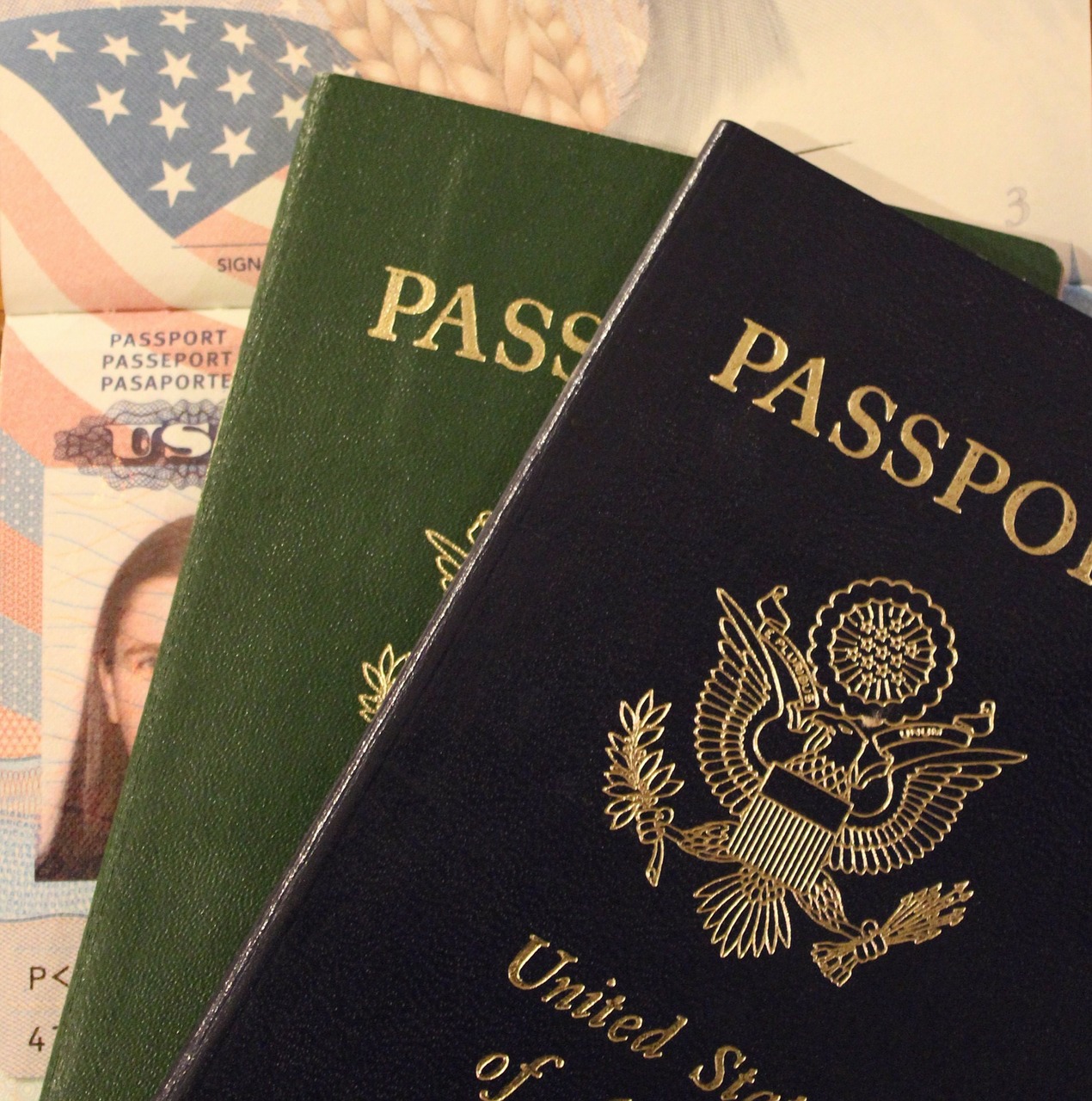Jacob L. Vigdor, Adjunct Fellow, Manhattan Institute for Policy Research
Executive Summary:
This is the third in a series of Center for State and Local Leadership reports on the state of immigrant assimilation—the degree of similarity between the native- and foreign-born populations—in the United States. This report provides new information on the characteristics of newly arrived immigrants and the pace of their integration into society, as measured by a series of summary indices through 2009. It also introduces a series of comparisons among countries, using data from the United States and ten other countries drawn from the period 1999-2001. Although these international data are slightly dated, they are the most recent comparative data available, and few major changes are likely to have taken place since. The study’s focus is the comparative progress individual ethnic groups, particularly immigrants from nations with predominantly Muslim populations, have made in the destination countries where they have chosen to reside.
The study of assimilation in recent years has led to a number of key findings, particularly regarding the impact of the recession of December 2007-June 2009.
- The recession affected immigrants more strongly than natives. Some responded to economic difficulty by leaving the country where they had settled, while others almost certainly decided not to leave their native land in the first place.
- These discouraged immigrants tended to be among the least assimilated. Thus, although immigrants’ economic progress has stalled, the departure of less assimilated migrants has produced statistical gains in average levels of cultural and civic assimilation.
Patterns unrelated to the economic cycle appear in the analysis of assimilation trajectories over the past decade.
- Most of the United States’ major immigrant groups were more assimilated in 2009 than they were in 2000.
- Some groups progressed more than others. Immigrants from Mexico, Guatemala, and El Salvador experienced at most little improvement, while progress for those from Asia and more-developed nations was unmistakable.
- Assimilation improved rapidly in the nation’s two most common destination cities—Los Angeles and New York—while showing at most slow progress in Chicago, Houston, and Dallas-Fort Worth, which are also recipients of large numbers of immigrants.
Tracking the progress of immigrant cohorts over periods of up to three decades reveals other important trends:
- Upon arrival, the most recent immigrants are significantly more assimilated along cultural and civic lines than their counterparts of a decade ago.
- The halt in economic progress has affected recent and long-term immigrants alike.
- Recent immigrants with strong cultural differences from the mainstream are the ones most likely to have responded to the recession by leaving the country.
International comparisons make use of data on rates of assimilation of immigrants to the following countries: Austria, Canada, France, Greece, Italy, the Netherlands, Portugal, Spain, Switzerland, the United Kingdom, and the United States. Comparison of nine of these countries (excluding the Netherlands and the U.K., which lack critical data elements) in an international version of the assimilation index reveals a number of important findings:
- On the whole, immigrants in the United States are more assimilated than those in most European countries, except Portugal, where a large proportion of immigrants originated in former Portuguese-speaking colonies.
- Immigrants from Canada rank first in terms of overall assimilation, largely as a consequence of their high rate of naturalization.
- Easing the path to naturalization does not guarantee full integration into society. Immigrants in the Netherlands naturalize much more often than those in the United States but have significantly lower employment rates.
Breaking assimilation down still further, by both origin and destination, shows the United States to be ahead of most of Europe but behind Canada in a wide variety of categories.
- Muslim immigrants, identified by data on religion in some nations and by country of birth in others, are most integrated in Canada, followed closely by the United States.
- Muslim immigrants in Italy and Switzerland are much less assimilated than Mexican and Central American immigrants are in the United States. Muslim immigrants’ standing in Spain is roughly equal to the standing of Mexicans and Central Americans in the United States.
- The United States’ ranking behind Canada but ahead of European nations also holds for immigrants from China and Southeast Asia. Assimilation in the United States is ahead of all but one European country for immigrants from India and Eastern Europe.
- Two facets of Canadian immigration policy may help explain the rapid integration of foreigners into Canadian society. First, the path to citizenship in Canada is short and easily traveled. Foreigners face a three-year residency requirement (it is five for legal permanent residents in the United States and as many as twelve in some European countries), and the nation has taken a liberal stance toward dual citizenship since 1977. Second, Canadian immigration policy places a distinct emphasis on attracting skilled migrants. Thirty percent of foreign-born adults in Canada have college degrees, while the rate is 23 percent in the United States and 10 percent in Spain and Italy. Educational attainment is not a factor in the international version of the assimilation index, but the link between immigrants’ level of education and their degree of assimilation is strong.
- While these comparisons certainly raise the question of whether this country should start moving toward a more Canadian form of immigration policy, it is clear that the United States, compared to the other countries studied, is doing a good job of absorbing newcomers. Immigration is a global phenomenon, provoked largely by persistent gaps in living standards between rich and poor countries and facilitated by improvements in transportation and communication. The strains felt in European nations, which report their own problems with illegal immigration (Italy and Spain) and cultural integration (Switzerland and France), appear upon close inspection to be more severe than those the United States has experienced.






